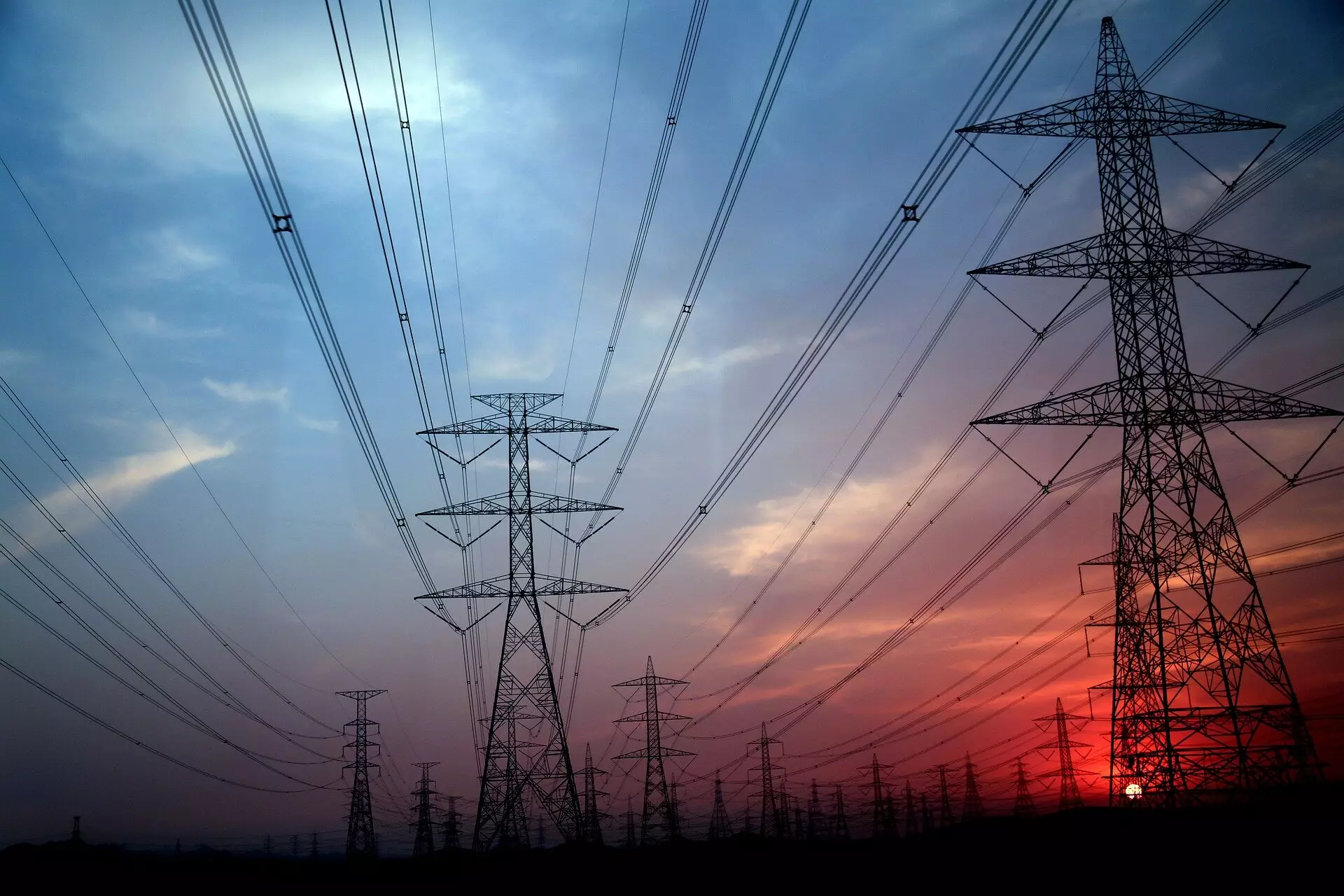The energy landscape in the United States is rapidly evolving, driven by policies aimed at promoting cleaner energy sources and a desire to address pressing climate challenges. The increasing competitiveness between gas and electric utilities represents a pivotal shift that regulators must carefully navigate. According to a recent white paper authored by scholars from Stanford University and the University of Notre Dame, a comprehensive reform in how state regulators approach utility management is vital for accelerating the transition to a sustainable energy future. Traditional divisions between gas and electric utilities are becoming increasingly blurred, leading to new challenges and opportunities in the quest for decarbonization.
The competitive dynamic between gas and electric utilities has long been neglected in regulatory frameworks, raising concerns that this oversight could hinder progress toward a zero-carbon future. As the white paper, entitled “The Unseen Competition in the Energy Transition,” articulates, state public utility commissions (PUCs) must adapt their strategies by recognizing the implications of this competition. By addressing the overlap in services offered by gas and electric utilities—especially in sectors like building heating and cooking—regulators can better facilitate a coordinated approach to managing energy sources.
The dire consequences of inaction are apparent, as the proliferation of electric alternatives such as heat pumps and induction stoves presents a direct challenge to gas utilities’ historical market dominance. Gas companies are engaging in intense campaigns to defend their territory, often resulting in inefficient spending that could ultimately burden ratepayers and impede the necessary transition to cleaner alternatives.
One of the central tenets of the white paper is the call for a unified approach to utility regulation. As highlighted by the authors, the current regulatory framework, which treats gas and electric utilities as separate entities, results in substantial economic inefficiencies and redundancies. With customers funding two separate distribution systems that increasingly provide similar services, the need for consolidation becomes more pronounced. By integrating planning processes for both utilities, PUCs can capitalize on synergies, streamline investments, and optimize resource allocation.
Moreover, merging gas and electric utilities could reduce the financial strain on consumers while ensuring that safety and reliability standards are upheld. Central to the discussion is the potential for state regulators to foster an ecosystem where gas and electric utilities collaborate towards shared decarbonization goals, rather than operating in a competitive, fragmented environment.
The white paper posits several recommendations aimed at facilitating a smooth transition to a decarbonized energy system. These include encouraging PUCs to merge utilities operating in the same territories into unified service providers, which would alleviate duplicated costs while streamlining regulatory oversight. By strategically aligning gas and electric utility operations, regulators can avoid locking in investments in fossil fuel infrastructure that do not align with long-term climate objectives.
The implications of failing to act are sobering. As gas utilities seek to expand their fossil fuel networks, they may inadvertently create substantial financial risks for consumers who will be left grappling with outdated systems when the demand for cleaner alternatives surges. Consequently, proactive management of the energy transition is crucial for safeguarding both the economy and consumer interests.
As scholars Amanda Zerbe and Joshua Lappen emphasize, the urgency of addressing the intertwined challenges of climate change, energy equity, and safety in utility regulation cannot be overstated. A shift towards treating gas and electric utilities as one cohesive energy system is not merely a regulatory adjustment; it represents a necessary response to evolving energy demands.
To pursue ambitious climate goals effectively, utility regulators must adopt a forward-looking perspective that considers the socio-economic impacts of their decisions. Ensuring equitable access to cleaner energy sources while simultaneously addressing the needs of low-income communities is paramount. Optimizing utility operations through thoughtful planning can foster an inclusive energy transition that ultimately benefits all stakeholders.
The transformation within the U.S. energy sector presents both challenges and opportunities for regulators. As highlighted by the findings from Stanford and Notre Dame scholars, the path to a zero-carbon future hinges on a unified approach to gas and electric utility regulation. The proposed reforms emphasize collaboration over competition, enabling a more equitable, efficient, and sustainable energy landscape. As the stakes continue to rise in addressing climate concerns, the time has come for regulators to act decisively in this new energy paradigm, ensuring that all Americans can benefit from a cleaner, more reliable energy system.

